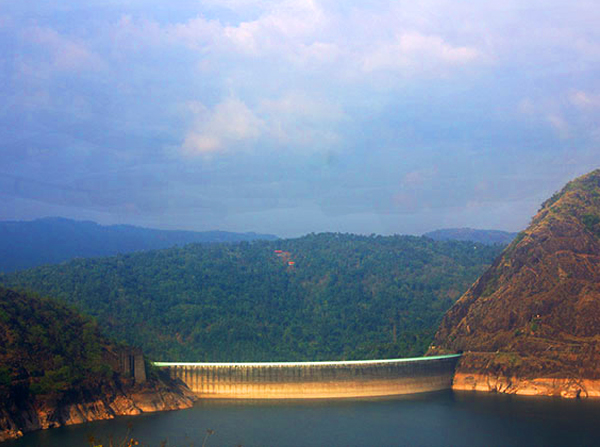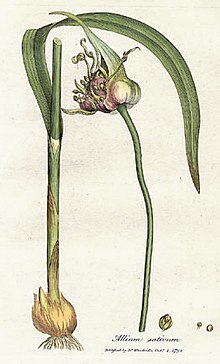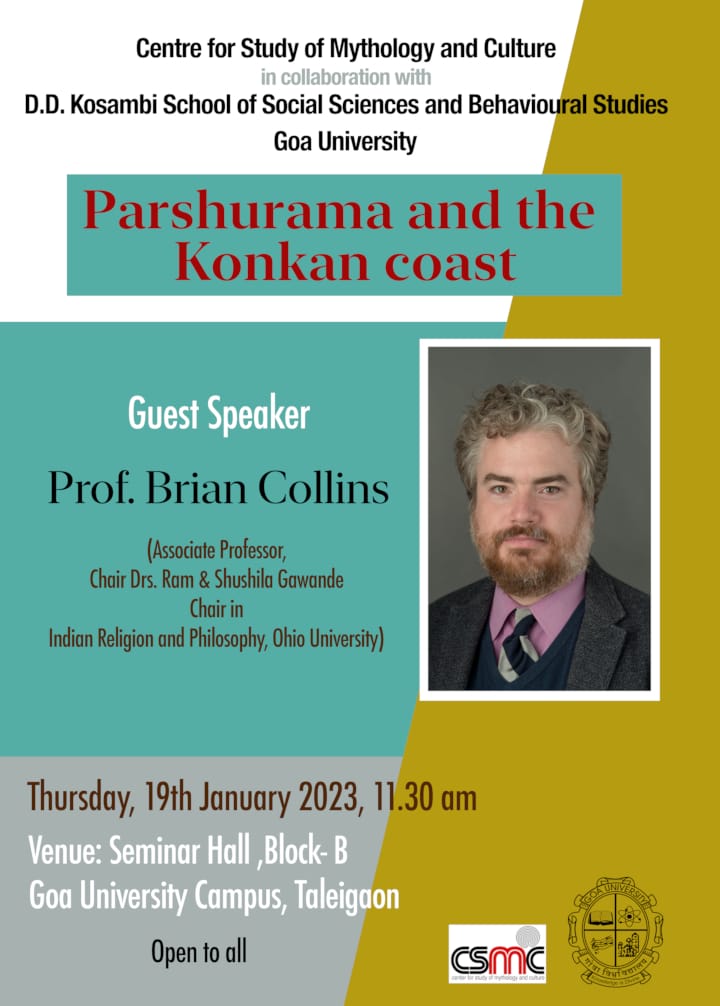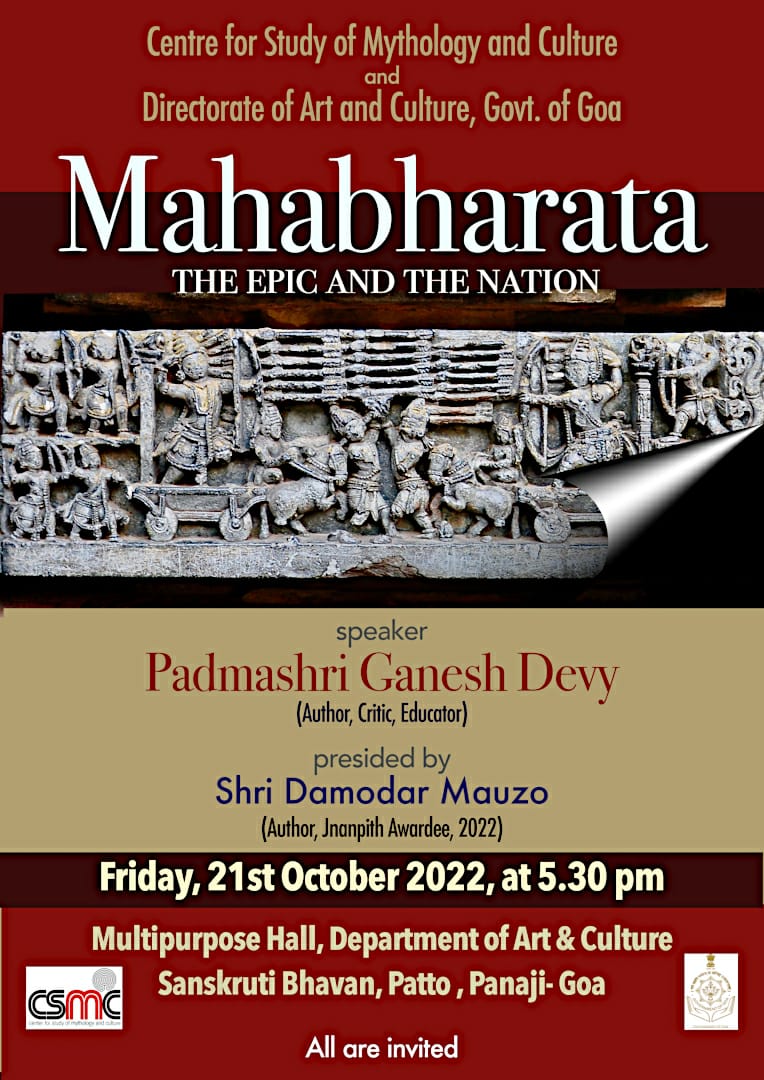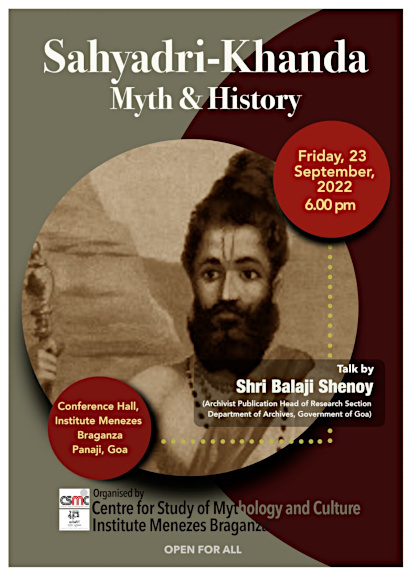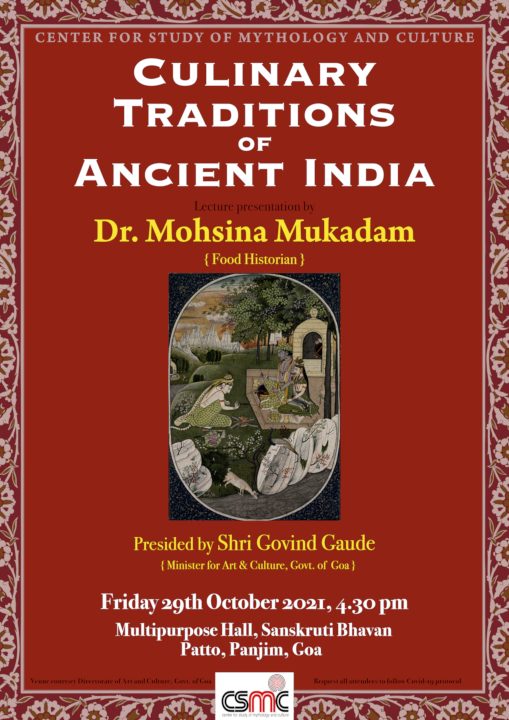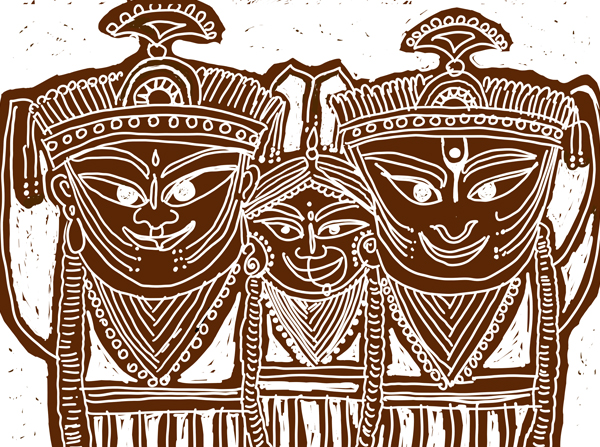
The Oriya poet Sarla Das from 15th C. reveals through his poetic works the not so apparent connection between Jagannath of Puri and Shri Krishna of Dwarka .
Das, a poet born in a farmer’s household wrote the Oriya version of Mahabharata, which is one of the first retellings of Mahabharata in a regional language. Written in dandi meter of bardic poetry, the characters in Oriya Mahabharata speak in the voice of tribal people. Although Sarla Das followed the themes and plots of the original epic, he also added folk stories, colloquialisms and depictions of local Oriya life in his telling of the Mahabharata.
The story of Jagannath is one such tale found in Sarla Das’s work in Maushala Parva of Mahabharata. The narrative begins at the point when the entire Yadava clan has perished in the war and Shri Krishna too has lost his life to the poisonous arrow shot by hunter Jara who mistook the reclining (sleeping) Krishna’s feet for the ears of a grasing deer. Das departs from the original story at this point and inserts the following story indicating Krishna’s association with Sabara tribe , hinting that Krishna as Jagannath could have been originally a tribal deity.
The story proceeds in this manner…
Arjuna while searching for Krishna in the aftermath of the war stumbled upon the dead body of Krishna. Grief stricken and heartbroken at the lose of his dearest friend, Arjuna tried to cremate the body according to the shashtras, but could not. Just then a voice from the heaven told Arjuna to float Krishna’s pinda* in the ocean. Ajruna with heavy heart obeyed the heavenly command and set Krishna’s pinda in the waters. Meanwhile Narayana ( Krishna) hid himself among Sabars** in the forest by incarnating himself as Madhava, and sabaras began worshiping him ( Krishna) in the image of Sabrinarayan. When the Vaishnavite King of Puri came to know that Vishnu/Krishna is living among the sabars, he sent an emissary to locate and retrieve him. The Brahmin Vasu, emissary of the King spend years searching for Madhava and finally succeeded in locating him. But before Vasu could formally request Madhava to accompany him to the King’s palace, Madhava vanished from view after advising Vasu to tell the King to install a stone deity at Puri.







